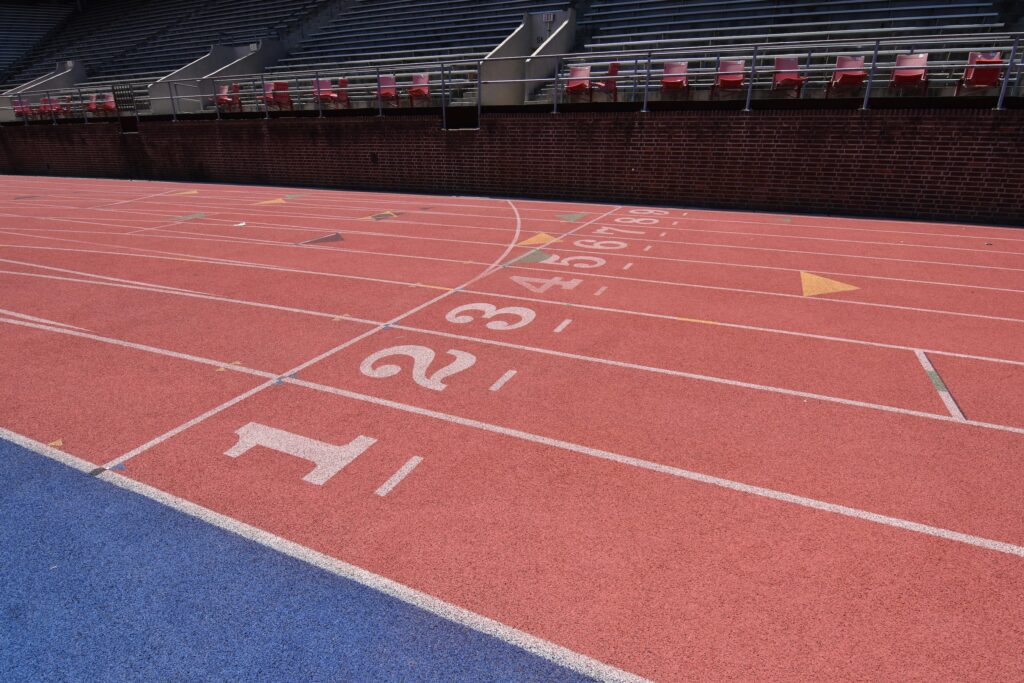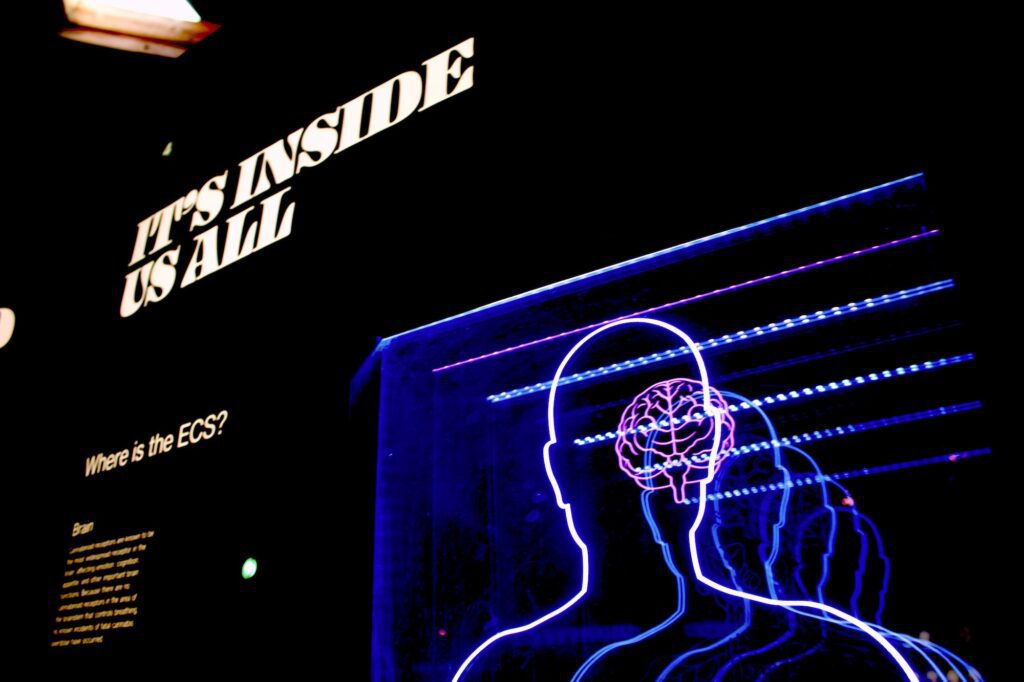In today’s fast-paced work environment, keeping employees engaged in repetitive tasks is a common struggle for businesses. One company, a mid-sized tech support firm, found an innovative solution through employee gamification: turning routine, monotonous tasks into fun and engaging challenges. By doing so, they saw an impressive 50% increase in productivity and significantly improved employee morale. In this blog, we’ll explore how they achieved this transformation, share statistics on the impact of gamification, and provide a roadmap for other companies to replicate this success.
Introduction to Gamification
Gamification is the process of adding game elements and mechanics to non-game contexts, such as the workplace, to increase employee engagement, motivation, and productivity. By incorporating game design and mechanics into employee training, onboarding, and daily tasks, organizations can create a more interactive and enjoyable work environment. Gamification can be used to boost employee engagement, improve employee morale, and increase employee motivation. In this section, we will explore the concept of gamification, its benefits, and how it can be applied in the workplace.
In essence, gamification leverages the natural human affinity for competition, achievement, and recognition. By integrating game elements like points, badges, leaderboards, and challenges into everyday work activities, companies can transform mundane tasks into exciting opportunities for growth and accomplishment. This approach not only makes work more enjoyable but also fosters a culture of continuous improvement and collaboration.

The Company: A Tech Support Firm Facing Productivity and Employee Engagement Declines
The company in this case study is a 200-employee tech support firm. The nature of the work—solving customer inquiries, logging support tickets, and writing reports—had become routine and uninspiring. Over the past year, productivity dipped by 15%, employee engagement fell by 20%, and staff turnover rose to 18%, well above the industry average of 12%.
Attempts to address these issues through traditional incentives, such as bonuses or closer supervision, yielded only temporary results. Management knew they needed a fresh approach, and that’s when they decided to implement gamification.
According to a study by TalentLMS, 89% of employees report that they feel more productive and engaged when their work environment incorporates gamified elements. A well-designed gamification program can significantly enhance employee engagement and productivity.
The Solution: A Three-Phase Gamification Strategy to Boost Employee Engagement
The leadership team recognized that engagement had to be rebuilt from the ground up, and gamification was their answer. Working with a gamification expert, they devised a three-phase plan:
- Daily Challenges and Leaderboards
- Rewards and Recognition
- Team-Based Competitions
These phases were designed to work together to motivate individual performance while fostering teamwork and collaboration. It was crucial to monitor how well the gamification program performed to ensure it met the company’s goals.

Phase 1: Daily Challenges and Leaderboards
The first step was breaking down routine tasks into daily challenges to engage employees. For example, the mundane process of logging support tickets was converted into a point-scoring system. Employees earned points for each correctly logged ticket, with bonus points awarded for efficiently resolving issues or identifying recurring problems.
A leaderboard was introduced to make the process more competitive and visually motivating. Employees could see real-time updates on their performance compared to their peers. Research from Gallup shows that employees are 15% more engaged when they receive regular feedback on their performance, and the company saw immediate benefits from implementing the leaderboard.
Within the first month, the company observed a 35% increase in the speed of ticket logging, while accuracy also improved by 10%. Tasks that were once delayed or avoided became points of pride as employees raced to the top of the leaderboard.
Phase 2: Rewards and Recognition
Gamification thrives on motivation through rewards to motivate employees. After successfully launching daily challenges, the company introduced a comprehensive rewards and recognition program. Points earned could be redeemed for various rewards, both tangible and intangible.
Rewards included:
- Gift cards ($25-$100 for the top performers)
- Extra vacation days (one day per quarter for top-ranking employees)
- Exclusive privileges (such as premium parking spaces or early leave Fridays)
In a study by the Incentive Research Foundation, 85% of employees reported feeling more motivated when rewards and recognition were involved in their work environment. Similarly, at this tech firm, employee satisfaction rose by 28%, as measured by quarterly surveys.
Public recognition played an equally important role. During weekly meetings, top performers were acknowledged by senior management, further boosting morale. A survey conducted internally showed that 65% of employees cited public recognition as a key factor in their motivation to excel in gamified tasks.
Phase 3: Team-Based Competitions
To balance the individual nature of the leaderboard system, the company introduced team-based competitions. Small teams were formed, and collective challenges were issued, such as solving a specific number of high-priority support tickets within a week.
Team members earned points collectively, fostering a sense of accountability and camaraderie. Teams competed for larger rewards, such as team lunches, event tickets, or half-days off work. This shift toward team-based activities helped the company avoid the negative consequences of individual competition, such as stress or isolation. These team-based competitions significantly influenced how employees experience gamification in the workplace.
As a result, teamwork metrics improved. The company’s cross-department collaboration score (measured via internal tools) rose by 22%, and support tickets that required cooperation between departments were resolved 40% faster than before. Employees reported feeling more connected to their colleagues, and the atmosphere in the workplace shifted to one of positive energy and shared goals.
Examples of Gamification in the Workplace
There are many examples of gamification in the workplace, ranging from simple reward systems to complex game-based training programs. Here are a few examples:
- Employee Onboarding: Gamify the onboarding process by creating a series of challenges and tasks that new employees must complete to earn rewards and badges. This approach not only makes the onboarding process more engaging but also helps new hires quickly learn about company culture and procedures.
- Training Employees: Use gamification to make training more engaging and interactive. For example, create a game-based training program that teaches employees about company policies and procedures. This method can significantly enhance knowledge retention and make the learning process more enjoyable.
- Boost Employee Engagement: Use gamification to boost employee engagement by creating a rewards system that recognizes and rewards employees for completing tasks and achieving goals. This can include anything from daily challenges to long-term objectives, all designed to keep employees motivated and focused.
- Corporate Gamification: Use gamification to create a corporate-wide game that encourages employees to work together to achieve common goals. This can foster a sense of unity and collaboration, as employees work together to unlock rewards and achieve milestones.
By implementing these gamification strategies, companies can create a more dynamic and engaging work environment, ultimately leading to higher levels of employee satisfaction and productivity.

The Results: A 50% Increase in Productivity
The results of this gamification initiative exceeded expectations. Over the course of six months, the company reported a 50% increase in overall productivity, with the most significant gains in the speed and accuracy of ticket logging and report writing.
Additionally, employee engagement scores rose by 30%, absenteeism dropped by 12%, and employee turnover decreased to 10%, below the industry average. Not only did the firm achieve its productivity goals, but it also created a more motivated and happier workforce.
The company’s success was echoed in internal surveys, with 78% of employees reporting that they enjoyed participating in gamified work activities, and 90% stating that they felt more motivated to complete routine tasks.
Why Gamification Works: The Psychology Behind It
The success of gamification lies in its ability to tap into intrinsic motivation. According to research published in the Journal of Organizational Behavior, gamification can improve employee engagement by 48%, primarily due to the brain’s natural inclination to seek challenges, rewards, and recognition. This case study demonstrates how key psychological drivers—competition, reward, and team collaboration—can transform workplace tasks.

Here’s why the company’s gamification approach worked:
- Clear Goals and Feedback: Leaderboards provided instant feedback, allowing employees to track their progress and adjust accordingly.
- Rewards and Recognition: Tangible rewards and public acknowledgment helped employees feel valued.
- Healthy Competition: Leaderboards and challenges kept the work environment dynamic, while team competitions fostered collaboration and minimized rivalry.
- Sense of Achievement: The satisfaction of completing challenges and earning rewards created a lasting sense of accomplishment among employees.
Implementing Gamification in Your Company: A Step-by-Step Guide
If you’re considering gamification as a strategy to improve engagement and productivity in your company, here’s a step-by-step guide to help you get started.
1. Identify Repetitive Tasks That Need Motivation
Analyze your workflow and identify the tasks that employees find most tedious. These tasks are ideal candidates for gamification. In this case, ticket logging and report writing were prime targets.
2. Set Up a Points-Based System
Create a system where employees can earn points for completing tasks efficiently and accurately. Ensure the system is transparent, with clear guidelines on how points are earned.
3. Introduce Leaderboards
Leaderboards should be visible to all employees and updated in real-time. This will add an element of competition, driving employees to improve their performance. Tools like Trello, Asana, or custom software can be used to track and display progress.
4. Offer Meaningful Rewards
Determine rewards that matter to your employees. While gift cards and vacation days are always popular, consider offering experiences or privileges that align with your company culture.
5. Foster Team Collaboration
To balance individual competition, introduce team-based challenges. This not only promotes collaboration but also prevents the competition from becoming too cutthroat.
6. Continuously Monitor and Adjust
As with any program, it is essential to monitor how the gamification program performs and be willing to make adjustments based on feedback. Gamification should evolve with the needs of your employees and company.
Future of Gamification in the Workplace
The future of gamification in the workplace is exciting and rapidly evolving. As technology continues to advance, we can expect to see more sophisticated and immersive gamification experiences in the workplace. Here are a few trends to watch:

- Increased Use of AI and Machine Learning: Expect to see more gamification programs that use AI and machine learning to personalize the experience for each employee. These technologies can analyze individual performance and preferences, tailoring challenges and rewards to maximize engagement and motivation.
- More Focus on Employee Well-being: Gamification programs will increasingly focus on employee well-being and mental health, using game mechanics to encourage employees to prioritize self-care and stress reduction. This could include wellness challenges, mindfulness exercises, and other activities designed to promote a healthy work-life balance.
- Greater Emphasis on Social Impact: Gamification programs will increasingly focus on social impact, using game mechanics to encourage employees to participate in corporate social responsibility initiatives and volunteer programs. This not only benefits the community but also enhances employee morale and fosters a sense of purpose.
As these trends continue to develop, gamification will play an even more significant role in shaping the future of work. By staying ahead of these trends, companies can create a more engaging, productive, and fulfilling work environment for their employees.
Gamification: The 9th Inning Conclusion
By implementing gamification, this tech support firm was able to increase productivity by 50%, enhance employee engagement, and create a more enjoyable work environment. Their success is a testament to the power of transforming mundane tasks into fun and rewarding challenges. If your business is facing similar challenges, consider introducing gamification to tap into your team’s potential. With careful planning and execution, you can see similar results, leading to a more motivated workforce and significant productivity gains.
